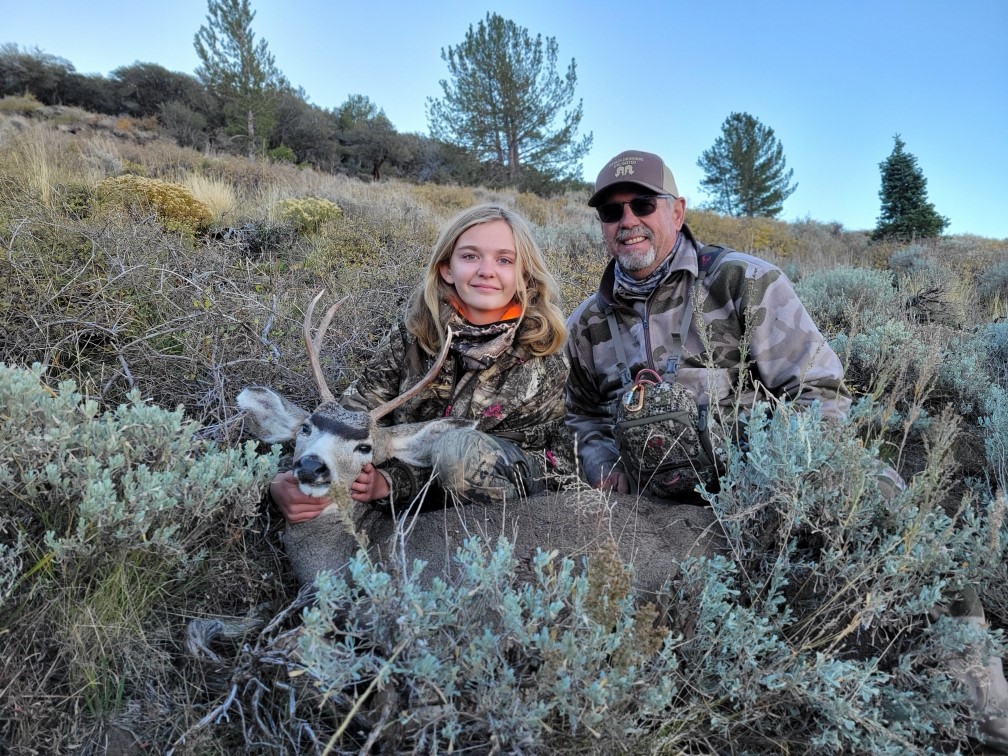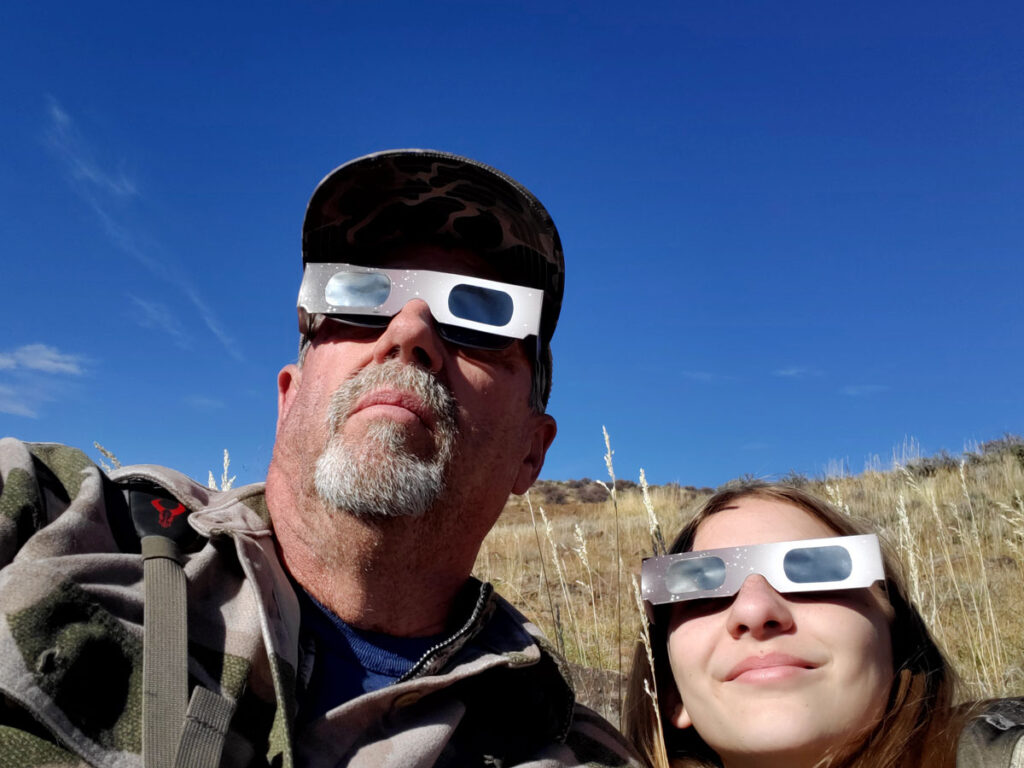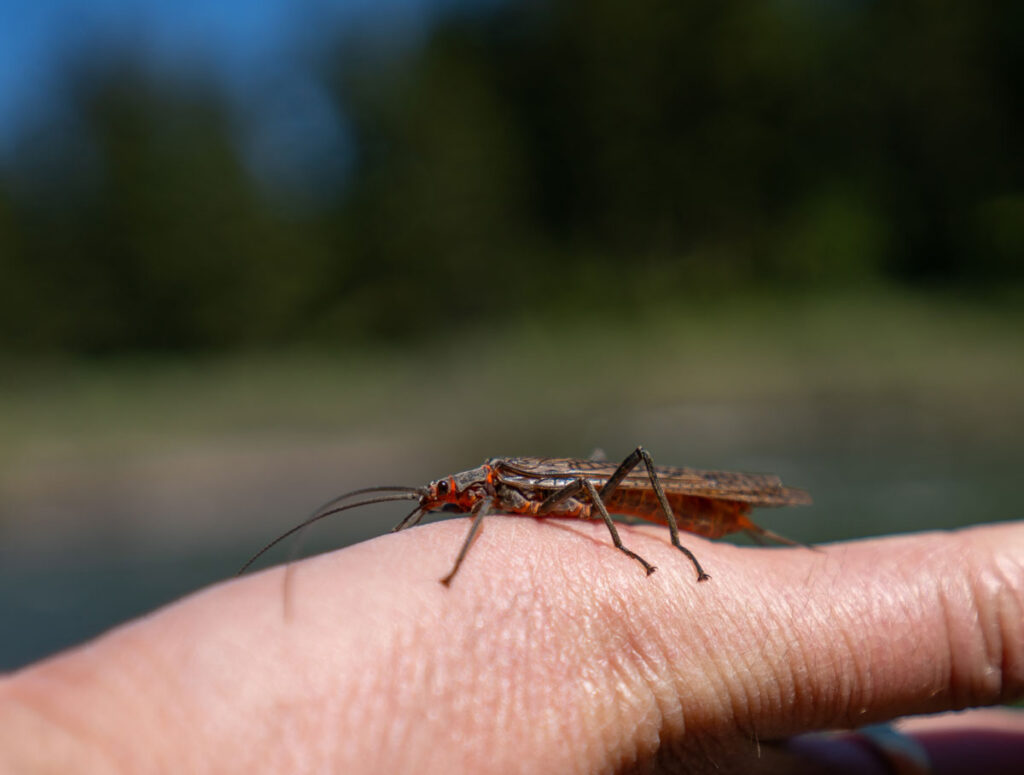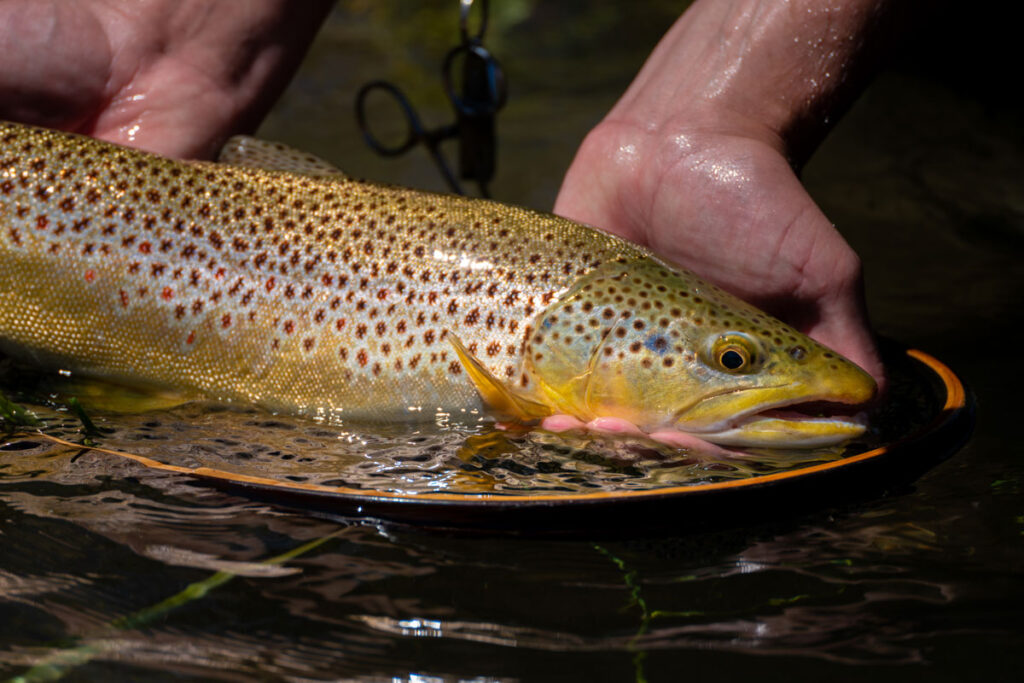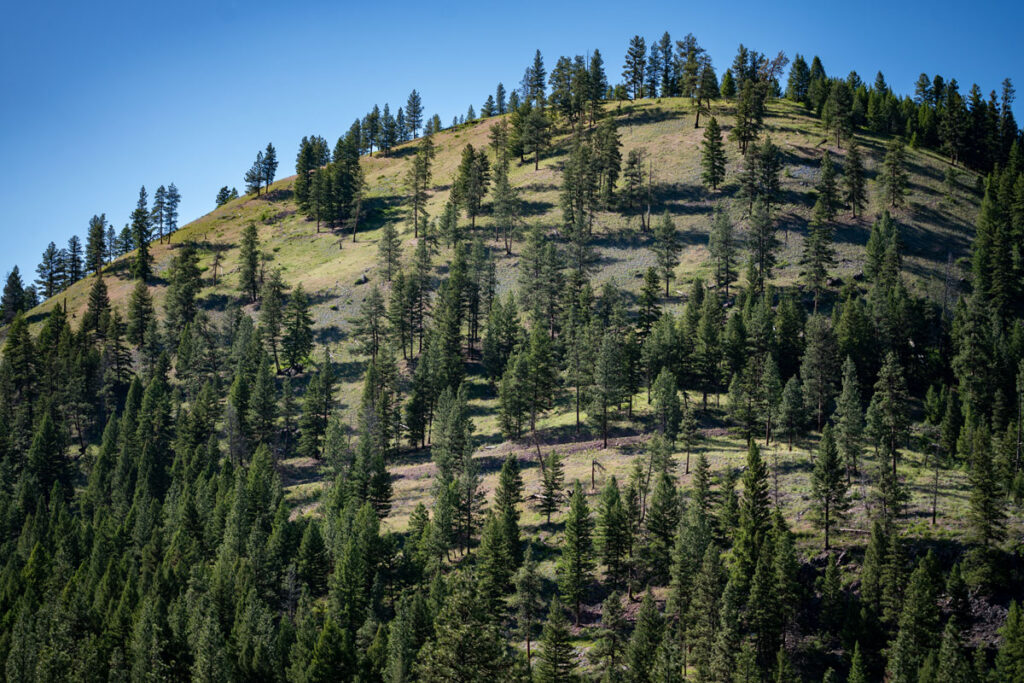Memo will formalize and expand USDA’s commitment to migration conservation and enhance benefits for wildlife habitat connectivity and corridors in partnership with public land managers, state agencies, Tribes, private landowners, and NGOs
Today, hunters and conservationists celebrated the signing of a Memorandum from Secretary of Agriculture Tom Vilsack that recognizes the importance of USDA’s role in conserving wildlife movement and migration habitats across public and private lands.
“This Secretarial Memo sends a clear message that the USDA recognizes the important role that the Department’s programs and policies play to enhance big game migration and habitat across the country,” said Joel Pedersen, president and CEO of the Theodore Roosevelt Conservation Partnership. “The TRCP thanks Secretary Vilsack and the USDA for their leadership to highlight how voluntary efforts can improve wildlife habitat on public and private lands, which is crucial to ensure the next generation of sportsmen and sportswomen can experience healthy big game herds.”
To date, the USDA’s Migratory Big Game Initiative has leveraged programs within the Natural Resource Conservation Service and Farm Services Agency to support voluntary private land conservation projects in Wyoming, Montana, and Idaho.
Today’s announcement enhances and expands upon this work and directs several USDA agencies, specifically NRCS, FSA, the U.S. Forest Service, and the Animal and Plant Health Inspection Service to:
– Consider terrestrial wildlife habitat connectivity and corridors in relevant planning processes, programs, and assessments. This would include NRCS and FSA Farm Bill conservation programs, USFS Joint Chiefs Landscape Restoration Partnerships program, USFS land management planning and wildfire crisis planning, and APHIS wildlife disease management programs.
– Improve internal coordination and delivery of USDA planning processes and programs to increase outcomes for wildlife connectivity, such as through continued alignment of NRCS and FSA private landowner programs to maximize habitat connectivity outcomes, encouragement of innovation in conservation practices, and additional financial assistance.
– Improve coordination with states, Tribes, and other federal agencies, including recognition of Tribal sovereignty and individual state authorities, and improve direct collaboration with the Department of the Interior, Department of Transportation, Department of Defense, and other agencies.
– Collaborate with non-governmental organizations to facilitate engagement with and support of local communities.
“The Mule Deer Foundation applauds the signing of this Secretarial Memo to ensure that the full suite of USDA programs and resources are coordinated to sustain mule deer and other big game populations that migrate,” said Steve Belinda, Chief Conservation Officer for the Mule Deer Foundation. “Like DOI’s Secretarial Order 3362, USDA has the potential to facilitate on-the-ground conservation over a vast area of public and private lands that are critical to conserving and improving mule deer and other wildlife habitat.”
“The Department of Agriculture has an essential role in maintaining the movements of wildlife throughout the United States,” said Mike Leahy, Senior Director of Wildlife, Hunting, and Fishing Policy for the National Wildlife Federation. “We are glad the Department of Agriculture is expanding their commitment to keep elk, deer, antelope, and other wildlife moving through our fragmented landscapes, and look forward to the benefits this will bring to hunting, wildlife populations, and collaboration in conservation.”
“CSF thanks the USDA for initiating this effort that will help enhance conservation for migratory wildlife and their associated habitats,” said Congressional Sportsmen’s Foundation President and CEO Jeff Crane. “CSF will continue to prioritize wildlife connectivity through Interior Secretarial Order 3362, the Wildlife Highway Crossings Pilot Program, USDA’s Migratory Big Game Initiative, the Wildlife Movement Through Partnerships Act, and now the USDA Secretarial Memo.”
“Big game migration corridors have been a policy and investment focus of the Rocky Mountain Elk Foundation for many years, and we have been pleased by the strong bipartisan support for the issue across administrations and in Congress,” said Blake Henning, Chief Conservation Officer for RMEF. “This USDA Secretarial Memo aligns with the existing Department of Interior Secretarial Order 3362 and will help leverage private lands conservation programs to bolster habitat across the landscape in coordination with state-led action plans. RMEF appreciates that USDA recognizes the leadership that hunters have played in this and other conservation successes in America.”
The Secretarial Memorandum directs USDA agencies to establish a USDA Terrestrial Wildlife Habitat Connectivity and Corridors Committee charged with implementation of the Memorandum. An initial progress report is due to the Secretary by June 30, 2025.
Learn more about TRCP’s work on big game migration conservation HERE.
The TRCP is your resource for all things conservation. In our weekly Roosevelt Report, you’ll receive the latest news on emerging habitat threats, legislation and proposals on the move, public land access solutions we’re spearheading, and opportunities for hunters and anglers to take action. Sign up now.

